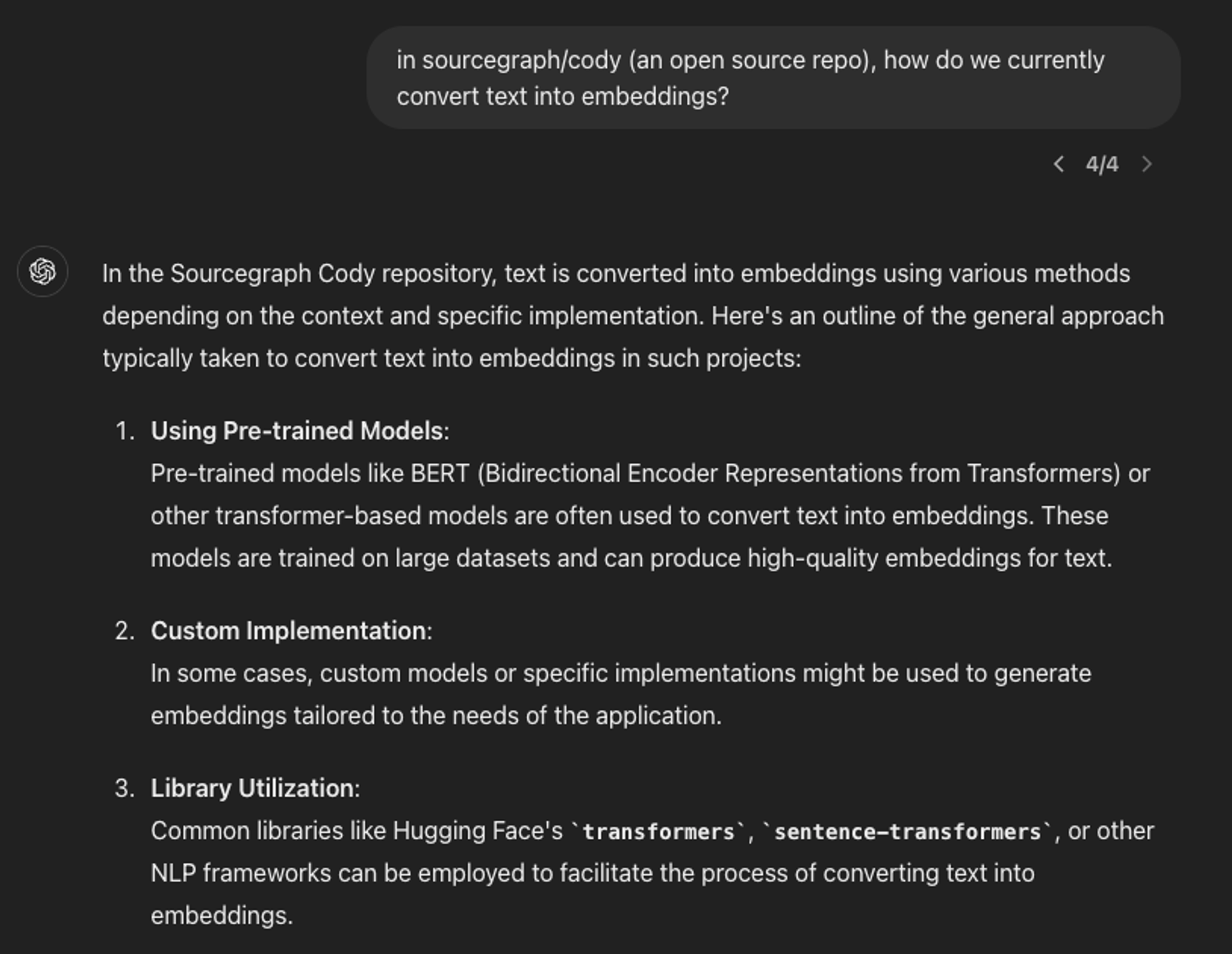Decoding The Eurovision Voting Process: Points, Scores & Results

Table of Contents
The Two Pillars of Eurovision Voting: Jury and Televoting
The Eurovision Song Contest's results are determined by a combination of two key voting methods: professional jury voting and public televoting. These two pillars each contribute equally, creating a balanced system that reflects both expert opinion and popular preference. Understanding the role of each is crucial to comprehending the final Eurovision scores.
- Juries: Each participating country has a professional jury consisting of five music industry experts. These individuals score each performance anonymously, ensuring impartiality and preventing external influence on the Eurovision points awarded. Their diverse backgrounds encompass various aspects of the music industry, aiming to offer a well-rounded assessment of each act's performance.
- Televoting: This allows viewers in participating countries to vote for their favorite entries via telephone, SMS, or dedicated Eurovision apps. This element injects the pulse of popular opinion into the Eurovision voting system, ensuring the public voice is heard loud and clear. Televoting contributes significantly to the final Eurovision results.
- 50/50 Split: Crucially, both jury voting and televoting carry equal weight (50% each) in determining the final score for each participating country. This equal weighting ensures a fair balance between professional judgment and popular support. This system allows for a diverse range of musical tastes and preferences to contribute to the Eurovision points allocation. Each country's jury votes and televotes are crucial to the international aspect of the competition, representing individual nation's tastes.
Understanding the Eurovision Scoring System
The Eurovision scoring system is relatively straightforward, yet its impact is considerable. Points are awarded based on ranking, with each country's jury and televoting system independently ranking all performances.
- Point Allocation: The top-ranked act receives 12 points, followed by 10 points for second place, and then 8, 7, 6, 5, 4, 3, 2, and 1 point for the remaining ranked entries.
- Ranking and Aggregation: Once each jury and televote has submitted its rankings, the points are totaled for each country. These scores are then aggregated to produce a final score for each participating act. This system is transparent, ensuring every Eurovision point contributes to the final result.
- Tie-Breakers: In the rare event of a tie, the act that received more 12-point scores from juries and televotes would be ranked higher. If this doesn't resolve the tie, further criteria will be applied by the European Broadcasting Union (EBU) to determine the final ranking.
- Strategic Voting: While the system aims for fairness, strategic voting—where countries vote for each other based on political or friendly relations—can influence the Eurovision results. However, the balance between jury and televote mitigates this factor to a considerable extent.
A Deeper Dive into Jury Voting
The impartiality and diversity of the Eurovision juries are paramount to the competition's integrity. The selection process aims to minimize bias and ensure fair judging.
- Jury Selection: Each participating broadcaster selects its five jurors, ensuring a wide range of musical expertise. These members are bound by confidentiality agreements, maintaining the anonymity of their votes throughout the Eurovision scoring process. This secrecy prevents external influence or pressure, ensuring the integrity of the Eurovision jury voting.
- Addressing Criticisms: While the system strives for objectivity, criticisms about potential biases and predictability remain. Some argue that juries may favor certain musical styles or artists, influencing the Eurovision results. However, the inclusion of televoting helps counter this potential issue.
The Mechanics of Televoting
Televoting is a significant part of the Eurovision voting process, directly reflecting audience preferences. However, safeguards are in place to ensure fairness and prevent manipulation.
- Vote Collection and Verification: Sophisticated systems are used to collect and verify televotes, ensuring accuracy and preventing fraud. These systems track the number of votes received from each country, identifying any irregularities.
- Safeguards against Fraud: Strict rules and regulations govern televoting to prevent manipulation. These include limitations on the number of votes per phone number and measures to detect and exclude fraudulent votes.
- Geographic Restrictions: Only residents of participating countries are permitted to vote, preventing external influence on the Eurovision results.
- Popularity Bias: Televoting inherently introduces a bias towards popular acts, potentially overshadowing less mainstream acts. The balance with jury voting aims to mitigate this effect.
Announcing the Eurovision Results: The Grand Reveal
The final stages of the Eurovision voting process are as dramatic as the performances themselves. The announcement of the points adds to the excitement.
- Spokespersons: Each country designates a spokesperson who announces their jury's and televotes points for each participating act. The spokespersons are typically well-known personalities from the participating nations, adding to the anticipation.
- Suspense and Excitement: The revealing of points is a suspenseful process, with the scores unveiled one by one. This build-up intensifies the excitement for viewers worldwide.
- Final Score and Winner: The final scores are tallied, and the winner is announced, culminating in a moment of celebration for the winning country and artist. This moment symbolizes not only musical triumph but also national pride.
- Impact of Results: The results impact participating countries and artists significantly. Winning the contest boosts the artist's international profile and can lead to significant career advancements. For the winning country, it’s a moment of national pride and an opportunity to showcase its culture and talent.
Conclusion
The Eurovision Song Contest voting system, while complex, is designed to balance professional judgment with public opinion. Understanding the interplay between jury voting and televoting is key to appreciating the nuances of the competition. By deciphering the points, scores, and results, we can gain a deeper understanding of the journey to becoming a Eurovision champion. So, next time you tune in, you’ll be fully equipped to decode the Eurovision voting process and appreciate the intricate mechanics behind this global phenomenon! Learn more about the intricacies of the Eurovision voting process and how your favorite act can achieve victory.

Featured Posts
-
 Fallecimiento De Leyenda Del Tenis El Sentido Pesame De Rafa Nadal
May 19, 2025
Fallecimiento De Leyenda Del Tenis El Sentido Pesame De Rafa Nadal
May 19, 2025 -
 Adios A Manuel Orantes Recordando Al Campeon Del Masters 1000 De Hamburgo
May 19, 2025
Adios A Manuel Orantes Recordando Al Campeon Del Masters 1000 De Hamburgo
May 19, 2025 -
 Revolutionizing Coding With Chat Gpts New Ai Coding Agent
May 19, 2025
Revolutionizing Coding With Chat Gpts New Ai Coding Agent
May 19, 2025 -
 Bare Beating A Public Transport Annoyance Driving Commuters To Distraction
May 19, 2025
Bare Beating A Public Transport Annoyance Driving Commuters To Distraction
May 19, 2025 -
 Royal Mail Stamp Price Hike Your Opinion Matters
May 19, 2025
Royal Mail Stamp Price Hike Your Opinion Matters
May 19, 2025
